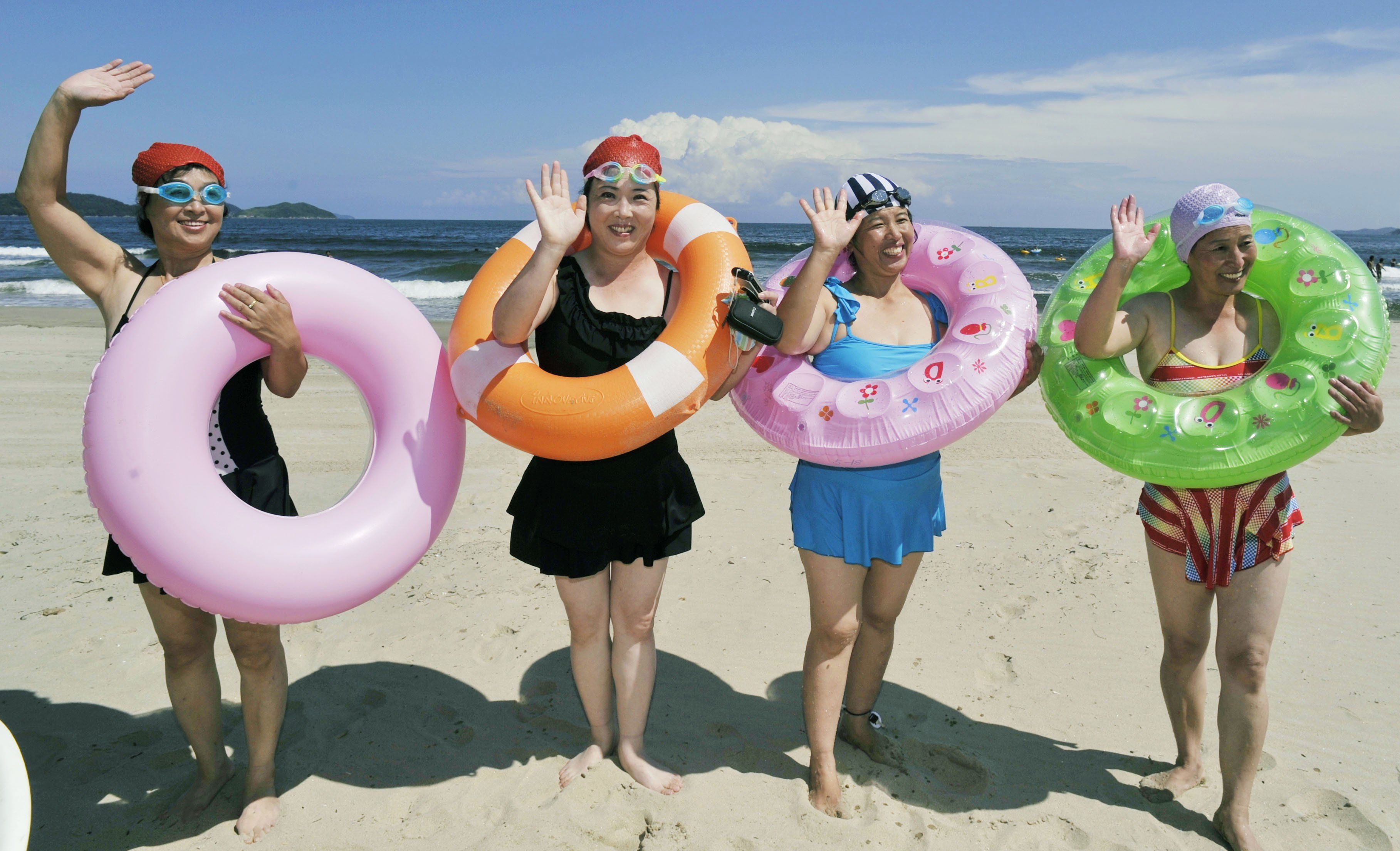North Korean leader Kim Jong Unvisited the site of the country’s long-delayed Wonsan-Kalma resort zone for foreign tourists on Tuesday and discussed opening it by May 2025, state media reported on Thursday. There’s just one problem: Who wants to vacation in North Korea?
Well, historically, a pretty decent number of people, believe it or not. In 2019, about 300,000 foreign tourists took highly controlled vacations to the Hermit Kingdom. About 90% came from China, but a few thousand Westerners forked over exorbitant fees for visas and guided tours, ethical concerns notwithstanding. Wonsan-Kalma, with its well-groomed-if-somewhat-frigid beaches, luxury accommodations, and nearby ski facilities, was originally meant to service that market.
You might remember during that bizarre period of US-DPRK rapprochement in 2018-2019, GOP mega-donor Sheldon Adelson even floated the idea of building a casino in Wonsan. But tourists haven’t been allowed back since Pyongyang shut its borders during the COVID-19 pandemic. Kim would like that revenue back, and he probably prefers that his signature tourist project not end up like the extremely creepy and never-to-be-finished Ryugyong Hotel that has loomed over the capital’s skyline for nearly 40 years.
But before you rush to book a vacation, think about the true costs. The resort sits just miles from the site of Kyo-hwa-so No.88, where prisoners were forced to quarry stone in horrific conditions from at least 1985 to 2021 — and it remains unclear if the facility has been shuttered or just made smaller.
